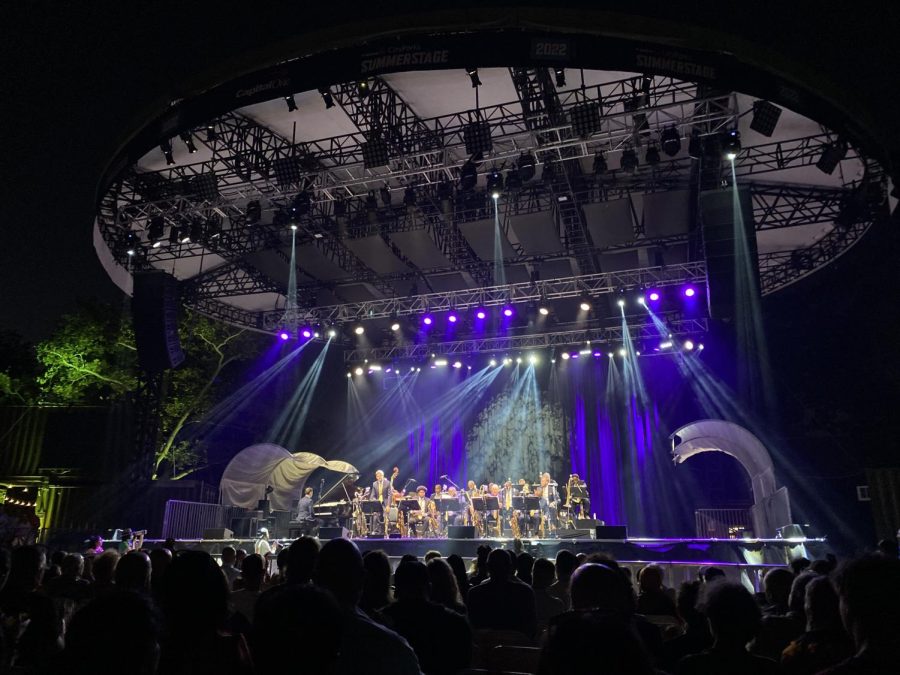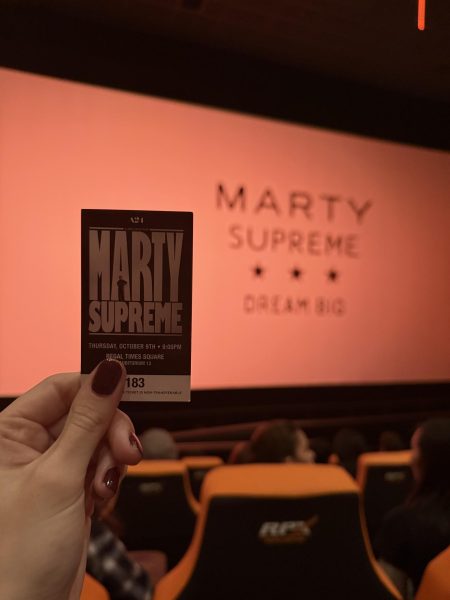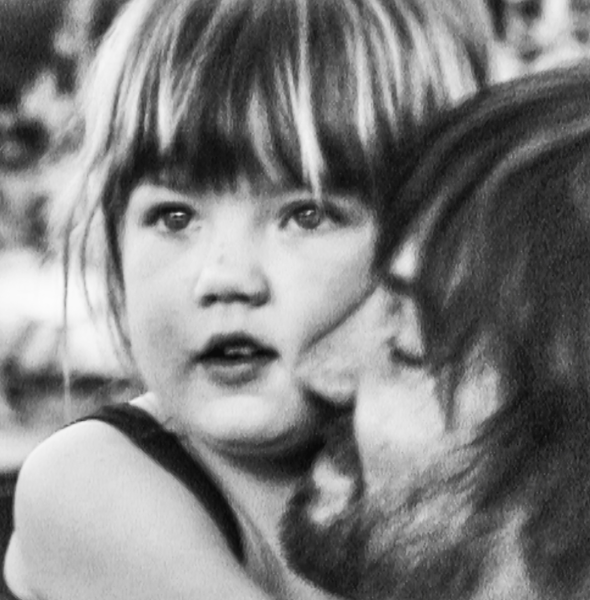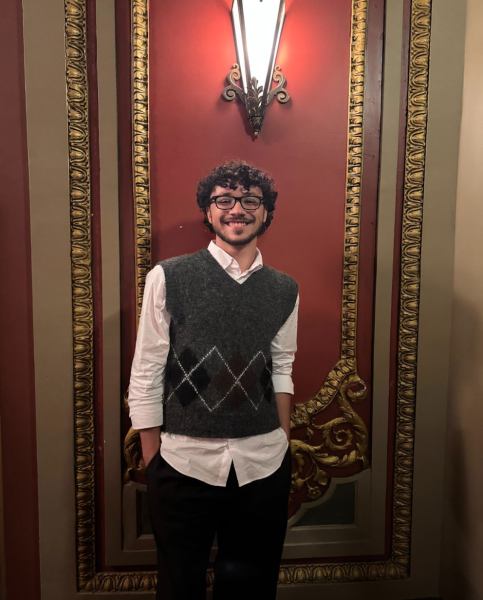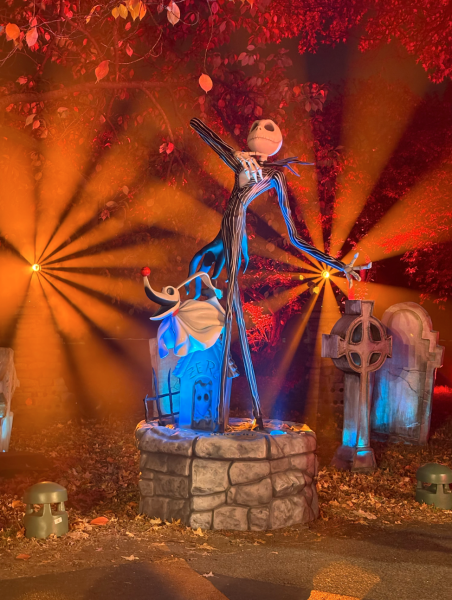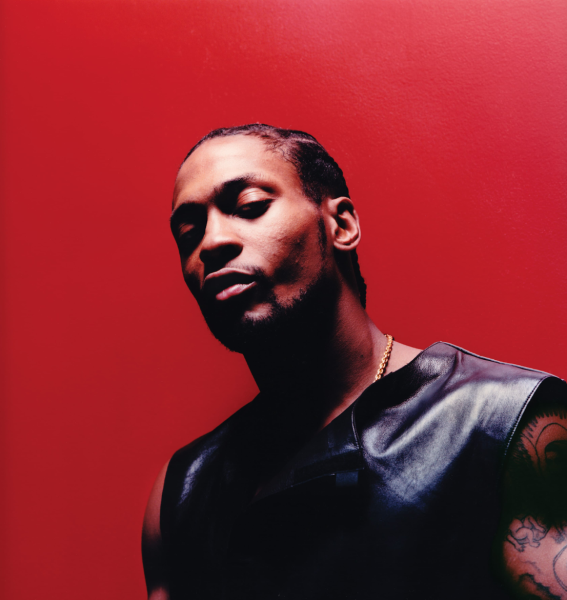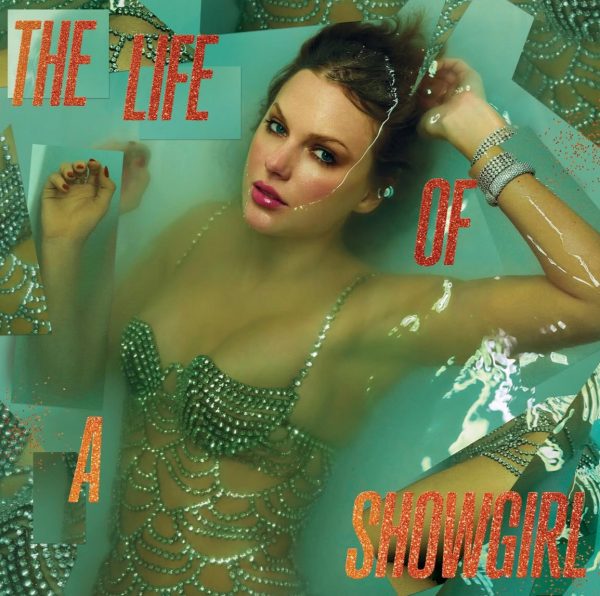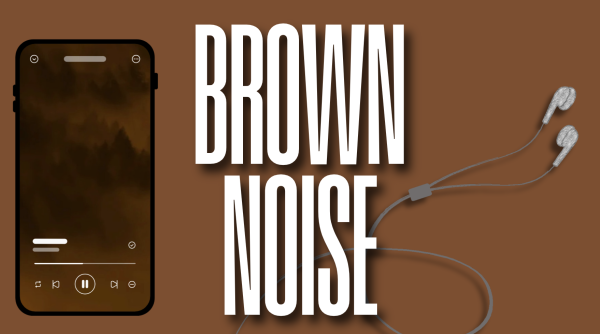Wynton Marsalis’ Jazz Time Machine
The seconds before the music starts are perfectly still –– surprising given I’m sitting outside, squarely in the center of Manhattan. I’m surrounded on all sides by New Yorkers who have made the trek and braved the long lines leading to SummerStage in Central Park. Tonight, Wynton Marsalis, along with his Jazz at Lincoln Center ensemble, is playing to thousands of New Yorkers for free. That fact, along with the concert’s taking place on the last day of August, bathes the event in a sultry, magical-summer glow. The air cools, the sky darkens and suddenly, live orchestral jazz fills the park –– this is truly a New York summer moment.
The Wynton Marsalis formula for a successful evening of jazz music is simple: The flutists play a few discordant notes to adequately confuse the audience, the bassist cuts in with a swift walking bass line and finally, the entire band locks into gear with a bang. The next hour and a half goes by rapidly, spurred along by staccato piano lines and ultra-dynamic drum solos. That isn’t to say the experience isn’t smooth –– this is jazz, after all. The band flows in and out of compositions, easing between pieces by Wynton Kelly and Duke Ellington. It is a concert experience that spans decades, broken sporadically with Marsalis’ succinct introductions.
The orchestra, positioned in front of Marsalis, is exceptional. However, for an ensemble that headlines around the world, there is an unusual gleam in tonight’s performance. This is home base; mere minutes from their building, the Jazz at Lincoln Center orchestra is playing in the heart of the city.
In a way the concert is a trip into the past –– the band is playing for common folk (as it were), leaving its elitism in the halls of Lincoln Center. The whole concert is a return to the origins of jazz as a culture in New York: accessible, informal, live. The music seems to draw energy from the park, from the glittering towers above, and from the awestruck onlookers.
However, there’s more to Marsalis’ performance than meets the eye. A leader in his particular approach to jazz, he draws criticism for his traditionalist viewpoints, which stem from the origins of the genre itself.
An all-too-brief history of jazz begins with the African spirituals and blues standards of the Deep South in the 19th century. Jazz traveled around and at some point meshed with the ragtime syncopation of New Orleans; during the 1920s, jazz music traveled further, drifting north through the placid Mississippi River Valley and out into greater America. By the 1930s, the Jazz Age was in full swing. As the genre branched outwards into avant garde territory, some artists sought to realign jazz with its roots as “America’s classical music.” Marsalis is the product of that musical resistance.
So stringent is this artform –– often referred to as “straight-ahead” jazz –– that Marsalis’ Jazz at Lincoln Center ensemble often appears backed by fine art. The two are complementary; his jazz usually takes to the grand stage alongside a ballet or other performative exhibit, rather than to the dingy, disoriented studios of progressive jazz acts.
In Marsalis’ eyes, the post-70s experimentalists are irrelevant: Frank Zappa, Weather Report or even Miles Davis’ late-career work. To him, experimentation is dangerous, fusion is no longer jazz. There are no electric guitars, no effects pedals. There are no programmed drums, pop strings or vocal refrains. There is virtually no rock influence, and the compositions certainly aren’t available in radio-friendly formats.
It would be unfair, however, to say that straight-ahead jazz lacks the exploratory mystique of its avante-garde counterpart. It is exploratory –– tempos are dilated, flutes and piccolos cater to atmospherics and beats switch on a dime –– though all of that exploration encompasses a thematic, immovable core: The walking bass lines rarely drop away; the soloists eventually take their seats and contribute to the central melodic statement of a piece; the drummer in most cases keeps to an iconic swing beat. And, in keeping with tradition, there are no electric instruments –– the ensemble’s setup, complete with its trombones, trumpets, saxophones, flutes, piano, bass and drum kit, looks like a photo from the 1940s. And looks are important, as each player dons a suit and tie.
Jazz is, in its most innate form, a method of uninhibited self expression. It has a tendency to be extremely individualistic and competitive. The soloist is revered, and members of an ensemble wait for their turn to show off. But orchestral jazz is different. Marsalis’ band direction revives New Orleans big bands: soulful, elegant. Demanding respect, improvisation is given space throughout a piece yet is not the centerpoint of the composition. Instead, melody and texture are at the forefront. The whole is indeed greater than the sum of its parts.
Before the last piece, Marsalis quotes jazz great Dizzy Gillespie: “One should never consider it an achievement to lose one’s orchestral heritage.” The controversy around straight-ahead jazz is as dynamic as New York City itself. Both mirror each other in their intense dualism. Both embody a relentless push into the future. But sitting on the grass, listening to the orchestra play into the woods of Central Park, the audience is transported back in time. And, we’re reminded that some traditions are worth holding on to.

Hanif Amanullah is a junior from Austin, Tex., majoring in international studies, whose passion for news writing and multimedia led him to the Ram. Hanif...



































































































































































































